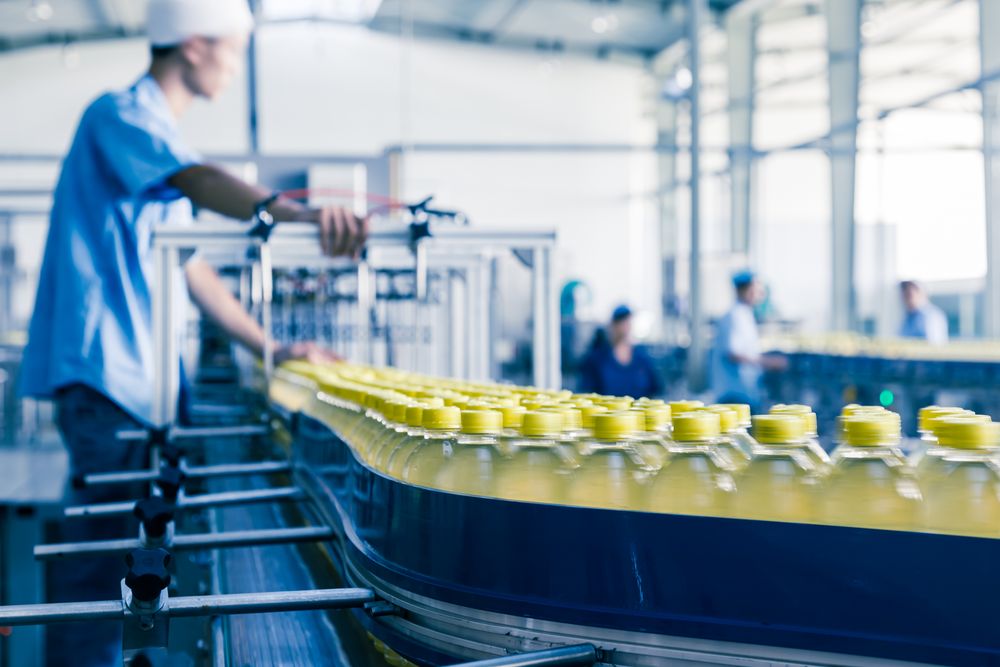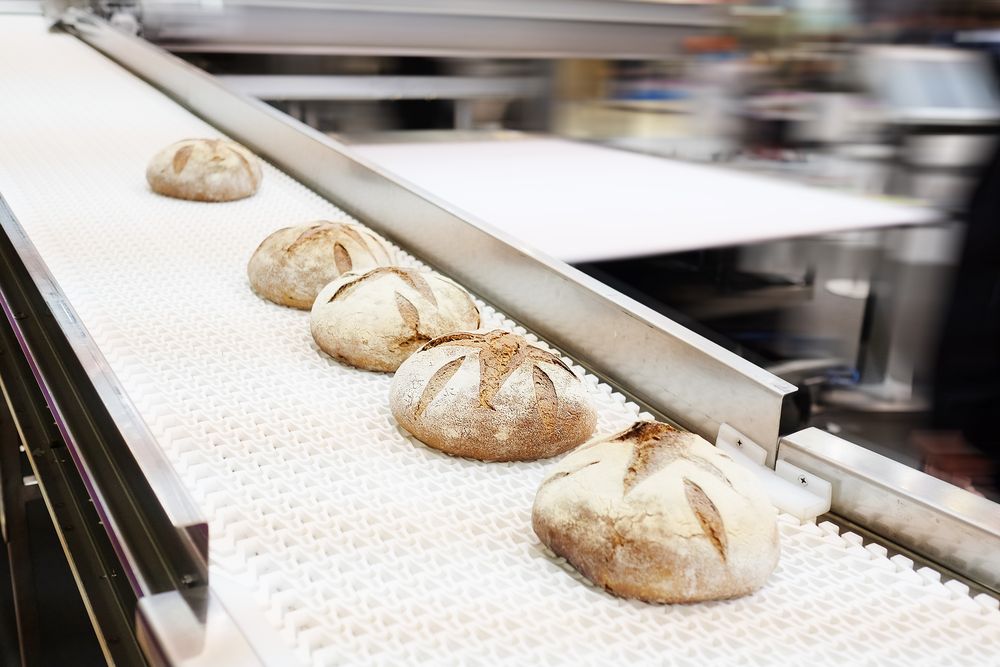
Use of innovative imaging techniques as an inspection system for detecting foreign bodies in food
Foreign body detection in food is an important issue for food quality and, above all, for consumer safety. If technologies capable of detecting hard materials, such as metal, glass and stone, are now quite widespread, the possibility of detecting soft materials such as insects, moulds and polymers, is still rather difficult. In this context, in a recent study carried out by a group of Korean researchers (Ok et al., 2018), a special X-ray system capable of detecting the presence of foreign bodies, even 1 mm in size, was proposed.
This system is based on the use of a low frequency X-ray (140-GHz) and the so-called raster scan. Three different mathematical models were used to theoretically view the X-ray beam: Bessel, Bessel-Gauss and FDTD (finite-difference time-domain). Among these, the FDTD model provides predictions which agree more closely with the experiment data. The authors show that the proposed system can provide images with a rather high resolution, while having a long depth of field (DOF).
Its performance was validated on samples of chocolate bars in which it was possible to clearly identify a 1mm thick paper clip, but not the presence of a dried worm. The system that has been developed is inexpensive, since it uses low-frequency light sources and allows non-destructive inspections to be performed. In conclusion, the authors claim that further investigations are still required before the technique can be implemented at industrial level for in-line inspection operations.
In particular, they suggest integrating high-speed beam steering technology (i. e. technology that allows you to change the direction of the main lobe of a radiation pattern) and further improving the spatial resolution by using sub-millimetre Terahertz (THz) radiation. This radiation is in fact particularly suitable for non-destructive examinations of biological material, such as food products, thanks to the non-ionising properties of this type of waves.

Application of Raman spectroscopy for below the surface inspection operations in different foodstuffs
As is known, product quality and safety checks are fundamental in the food industry. Below the surface inspection of food is, however, a difficult operation to be carried out by optical detection technologies due to complex interactions between light and heterogeneous products or compounds from different layers. In this context, in a recent study carried out by a group of international researchers (Qin et al., 2017), an innovative method, based on the use of spatial offset Raman spectroscopy (SORS), was proposed to conduct this type of inspection.
In particular, the system envisages the use of a laser pointer (785 nm) as a source of Raman excitation, while SORS data coming from the samples is collected in a wave-number range between 0 and 2815 cm-1 by means of a detection module consisting in an imaging spectrograph and a CCD camera. The proposed method was then tested on two different types of product: (i) cane sugar on which a 1mm thick piece of plastic was placed and (ii) a melamine powder on which a 5 mm thick slice of carrot was put. For each sample a set of SORS data was collected using a CCD exposure in an offset range between 0 and 36 mm, with a spatial interval equal to 0.07 mm.
The Raman spectra obtained from the sugar placed beneath the piece of plastic and from melamine placed below the carrot were analyzed using an SMA (self-modeling mixture analysis) algorithm. This analysis demonstrates the ability of the proposed instrument to identify food and ingredients through their packaging, assessing not only their safety but also their quality features. The authors also point out that the SORS technique is more flexible and efficient compared to the traditional approach, which envisages the use of optical fibre sensors, since it is able to collect a series of Raman spectra with a single CCD exposure.
In conclusion, even if further investigation is necessary to validate the performance of the method in other types of products, the results obtained so far demonstrate its enormous potential as an instrument for quick, non-destructive below the surface inspections of food.
Bibliographical references: Ok et al., Journal of Food Engineering, 221, 2018, 124-131; Qin et al., Food Control, 75, 2017, 246-254



